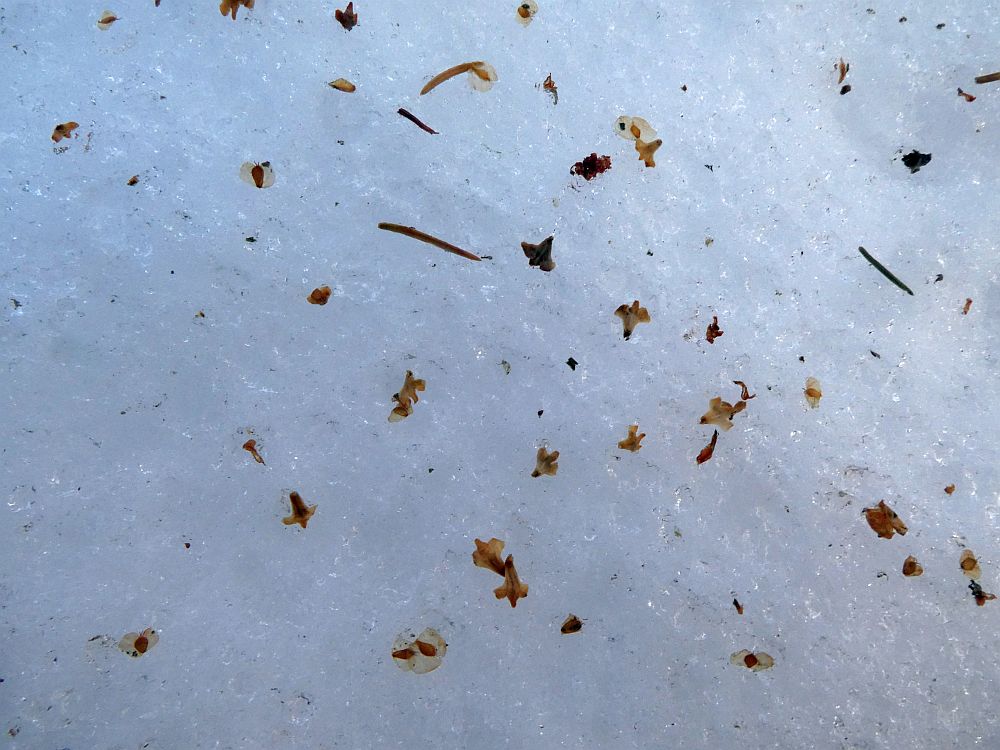Back in the 2000s most of the interesting amateur plant breeding work was discussed on the Homegrown Goodness forum. That was the first time I heard about work on developing perennial grains through crossing modern day varieties of rye and wheat with perennial relatives. In particular, there was Tim Peters’ Perennial Grain Project in Oregon and one of the first releases was his Mountaineer Perennial Rye developed through crossing perennial wild mountain rye Secale montanum with modern rye Secale cereale.
Although I had no ambitions to work on breeding grains, but along with perennial vegetables, it opened new possibilities for climate-friendly grain production with plants that could potentially produce over several successive seasons, requiring much less energy input, and with their extensive root systems requiring both less fertiliser and irrigation and hence more robust to climate extremes with less erosion.
Reports were that although lower yielding, they were shatter resistant, easily threshed and good for poor soils: it was reported that it tends to live longer on poorer soils (2-4 years on rich soils, 7 to 8 on poorer soils).
I was keen to try Mountaineer in my climate with significantly colder winters than in Oregon and where it had been tested in France and the Netherlands in Europe. I finally got hold of seed in 2013, but didn’t get round to sowing the seed until spring 2015 (in retrospect, I could have autumn sown) and planted 7 plants in June 2015. The plants proved hardy enough and overwintered twice, flowered well but all the plants seemed to be sterile. They died winter 2017-2018. I decided to try again and about 10 new plants were planted in May 2018. Now this autumn I finally got a small yield (pictures). I will offer a few seeds to members of Norwegian Seed Savers (KVANN) through our yearbook in February and plant a larger number of plants in KVANN’s Vegetable Sanctuary at Væres Venner next autumn!
I don’t know what the status is today with Tim Peters’ grain breeding work. He was also working with wheat and sorghum. Let me know if you know!















